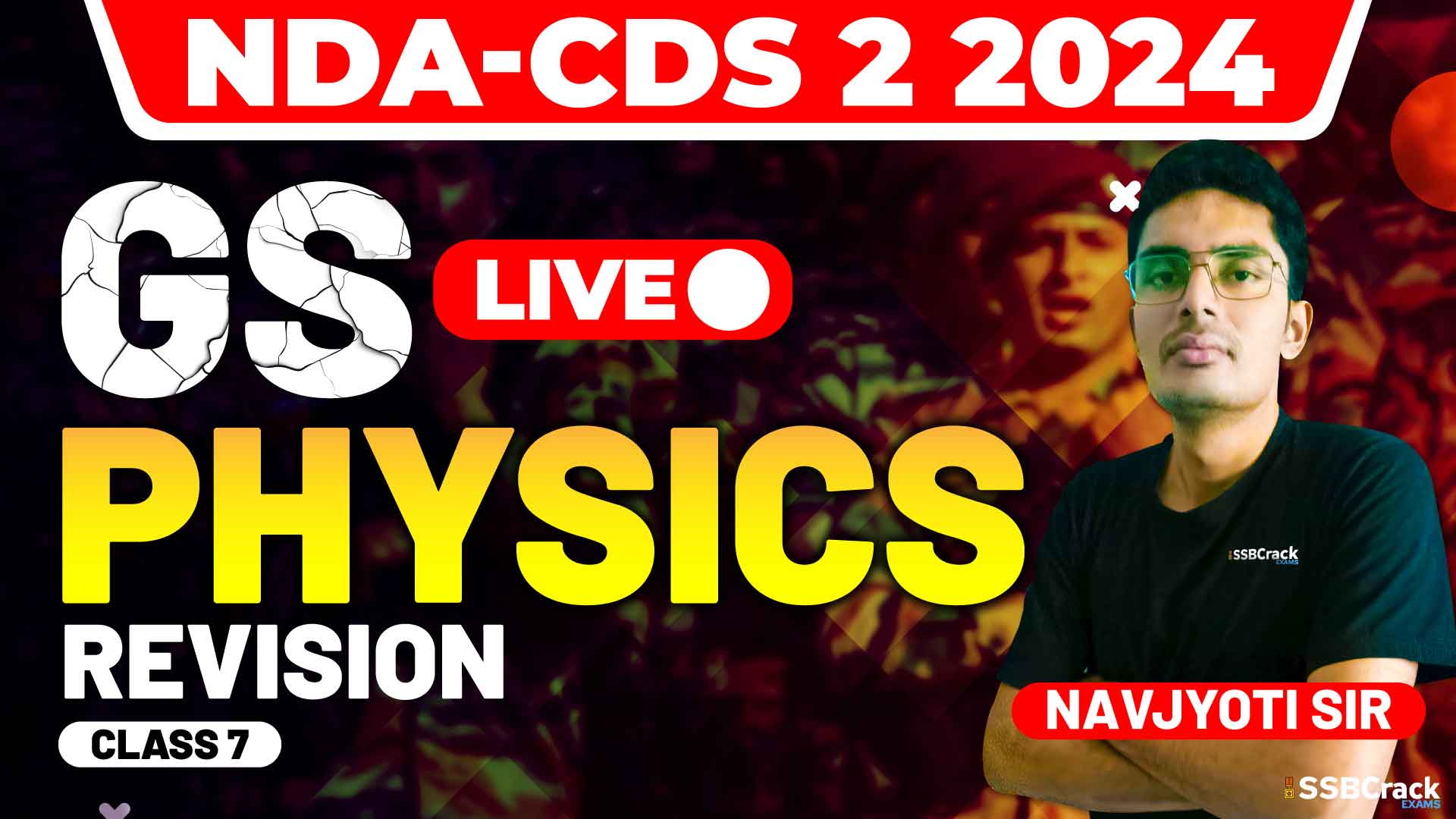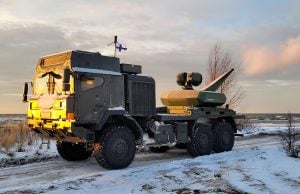The journey of preparing for the NDA and CDS exams in Physics involves delving into a variety of topics, some of which may seem distinct yet are integral to understanding the physical world. The revision class focused on miscellaneous topics such as Nucleus and Heat Transfer is a crucial part of this preparation. These topics, though varied, form an essential part of the syllabus and are commonly featured in the exam’s multiple-choice questions (MCQs).
This article highlights the key concepts within these topics and provides strategies to effectively tackle MCQs in the context of the NDA and CDS exams.
The study of the nucleus in physics explores the forces and reactions that occur within an atom’s core. It’s a field that combines both the theoretical and practical aspects of physics, especially in understanding nuclear energy.
1.1. Nuclear Fission and Fusion
1. Nucleus: Core Concepts
- Nuclear Fission: This is the process where a heavy nucleus splits into two or more smaller nuclei, along with the release of a significant amount of energy. Understanding the conditions under which fission occurs, such as in nuclear reactors, is vital.
- Nuclear Fusion: Unlike fission, fusion involves the merging of two light nuclei to form a heavier nucleus, accompanied by the release of energy. Fusion is the reaction that powers the sun and other stars.
1.2. Nuclear Energy
- Energy Release: Both fission and fusion result in the release of tremendous energy, which is harnessed in nuclear power plants. The concept of mass-energy equivalence (E=mc²) plays a key role here.
- Applications: Understanding the practical applications of nuclear energy, including its role in electricity generation and its potential as a future energy source, is essential for exam preparation.
1.3. Nuclear Reactor
- Components of a Reactor: Familiarize yourself with the basic components of a nuclear reactor, such as the core, control rods, coolant, and moderator.
- Working Principle: Learn how nuclear fission is controlled and sustained in a reactor to produce energy, and the safety measures in place to prevent accidents.
2. Heat Transfer: Core Concept
Heat transfer is the process by which heat energy is exchanged between physical systems. It’s a fundamental concept with practical implications in various fields, from engineering to meteorology.
2.1. Modes of Heat Transfer
- Conduction: This is the transfer of heat through a material without the movement of the material itself. Key factors include the thermal conductivity of the material and the temperature gradient.
- Convection: In this mode, heat is transferred by the movement of fluids (liquids or gases). Understanding the difference between natural and forced convection is crucial.
- Radiation: Unlike conduction and convection, radiation is the transfer of heat through electromagnetic waves. All objects emit radiant energy, and this process doesn’t require a medium.
2.2. Thermal Capacity and Specific Heat
- Thermal Capacity: This is the amount of heat required to raise the temperature of an entire object by a certain amount. It depends on the mass and the material of the object.
- Specific Heat: This refers to the amount of heat required to raise the temperature of a unit mass of a substance by one degree Celsius. It’s an intrinsic property of the material.
2.3. Latent Heat
- Latent Heat: This is the heat required to change the state of a substance (from solid to liquid or liquid to gas) without changing its temperature. Understanding the concept of latent heat of fusion and vaporization is essential.
- Calorimetry: This is the measurement of heat transfer in physical and chemical processes. Calorimetry problems often involve the concept of specific heat and latent heat.
3. Strategies for Solving MCQs on Nucleus and Heat Transfe
To effectively tackle MCQs on these topics, it’s important to combine conceptual understanding with strategic problem-solving techniques:
3.1. Conceptual Clarity
- Solid Foundations: Ensure that you understand the basic principles of nuclear physics and heat transfer. This is crucial for answering both direct questions and those that require the application of these principles.
- Avoid Common Pitfalls: Be aware of common misconceptions, such as confusing nuclear fission with fusion, or misunderstanding the difference between conduction, convection, and radiation.
3.2. Practice with Diverse Problems
- Variety of Questions: Practice MCQs that cover a range of scenarios. This includes theoretical questions as well as those involving practical applications, such as calculating heat transfer or understanding the workings of a nuclear reactor.
- Application-Based Questions: Focus on problems that require the application of concepts in real-world situations, as these are often featured in exams.
3.3. Use of Diagrams and Visuals
- Visualizing Concepts: Diagrams are particularly useful in understanding the setup of a nuclear reactor or the flow of heat in different modes of transfer. Use them to clarify your thought process.
- Heat Transfer Scenarios: For heat transfer problems, sketching the situation can help you identify the mode of heat transfer and apply the correct principles.
3.4. Logical Elimination and Time Management
- Eliminate Wrong Answers: In MCQs, eliminate options that are clearly incorrect. This increases your chances of selecting the right answer even if you’re unsure.
- Time Management: Practice solving questions within a set time limit to improve your speed and efficiency during the exam.
3.5. Regular Revision
- Consistent Review: Regularly revisit key concepts, formulas, and problem-solving techniques. This helps in retaining information and boosts your confidence during the exam.
- Mock Tests: Take mock tests that include questions on these topics to simulate the exam environment and assess your readiness.
4. Exam Pattern and Preparation Tips
4.1. Understanding the Exam Pattern
The NDA and CDS exams typically feature objective-type questions that test your conceptual understanding and problem-solving abilities. The physics section includes questions on a wide range of topics, so a well-rounded preparation is necessary.
4.2. Focus on High-Weightage Topics
While preparing, pay extra attention to high-weightage topics such as nuclear physics and heat transfer. These areas often feature prominently in the exam and can help you score higher.
4.3. Stay Updated with Trends
Keep an eye on the latest trends in the exam pattern, such as the types of questions being asked and any changes in the syllabus. This will help you tailor your preparation strategy accordingly.
4.4. Balanced Preparation
Ensure that your preparation covers all topics in the syllabus. While it’s important to focus on difficult areas, do not neglect easier topics, as they can also contribute to your overall score.
Conclusion
In conclusion, preparing for the NDA and CDS exams in physics requires a deep understanding of various topics, including those covered in the miscellaneous section such as Nucleus and Heat Transfer. By focusing on key concepts, practicing a variety of problems, and following strategic problem-solving techniques, you can improve your performance in the physics section and enhance your chances of success in the exams. Remember, consistent practice and revision are the keys to mastering these topics and tackling MCQs with confidence.



















